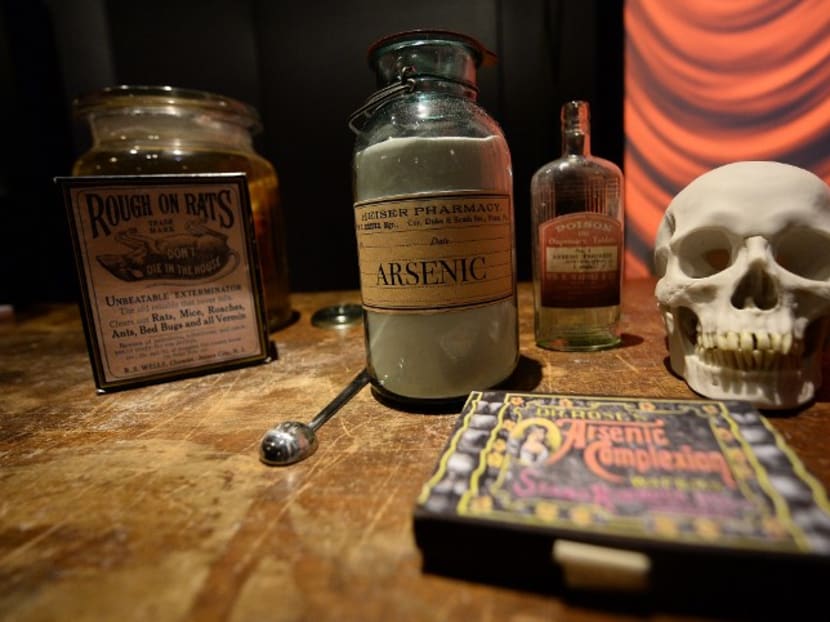Poison’s long history as murder weapon
BANGKOK — From the courtiers of ancient Greece to Soviet spies and maybe now North Korean agents, poison has a long history as a weapon of murder, favoured by assassins for its stealthy delivery of the fatal blow.
BANGKOK — From the courtiers of ancient Greece to Soviet spies and maybe now North Korean agents, poison has a long history as a weapon of murder, favoured by assassins for its stealthy delivery of the fatal blow.
The killing of Kim Jong-Nam, the half-brother of North Korean leader Jong-un, at a Malaysian airport has revived fascination in the poisoner's methods.
In a story that could be cribbed straight from a spy novel, intelligence chiefs in South Korea say female agents dispatched by their secretive northern neighbour administered the lethal dose, with reports suggesting a toxin was sprayed in his face.
A would-be poisoner can choose from a catalogue of deadly chemicals, some of which are relatively easy to obtain.
Ricin – naturally occurring in castor oil plant seeds – and thallium (rat poison) are notorious for their murderous properties.
Arsenic delivers a slow and miserable death, while strychnine induces extreme body spasms as the victim’s respiratory system collapses.
But “cyanide is the fastest killer and the easiest to detect, its pathology appears all over the body”, said Dr Porntip Rojanasunan, a forensic expert and adviser to Thailand's Justice Ministry.
She said the victim’s “bright red blood” in post-mortem is the telltale sign of a potential cyanide poisoning.
Other chemicals such as potassium can cause “an extreme heart arrhythmia and can lead to a heart attack very quickly”,
Slow-acting poisons may allow assailants to slink away from the crime scene undetected.
But chemical compounds are not easy to store or handle and many carry a giveaway residue, smell or colour that makes them hard to conceal, Dr Porntip added.
Tales of poisonings – real or imagined – have formed their own mythology.
Poisoning has become a byword for backroom scheming by treacherous political rivals, revenge, and cold-blooded murder.
Shakespeare took to the theme, with a penchant for poison-tipped endings for his characters, while Snow White’s demise after eating the poison apple became a cautionary tale on jealousy.
In real-life, academics still debate whether it is was arsenic that did for the Cleopatra, toxic wine that killed Alexander the Great, or poisonous secretions in his wallpaper that accounted for Napoleon.
More recently, poison featured prominently in Soviet-era tradecraft.
In 1978, Bulgarian dissident Georgy Markov died after receiving a fatal dose of ricin delivered through the tip of an umbrella on a London street. His killer has never been caught.
In Asia, members of a shadowy Japanese cult dropped plastic bags of liquid sarin, a nerve agent, on packed Tokyo subway trains in 1995, killing more than a dozen people.
Nine years later Indonesian rights campaigner Munir Said Thalib was killed after being poisoned on a flight from Jakarta to Amsterdam. AFP







